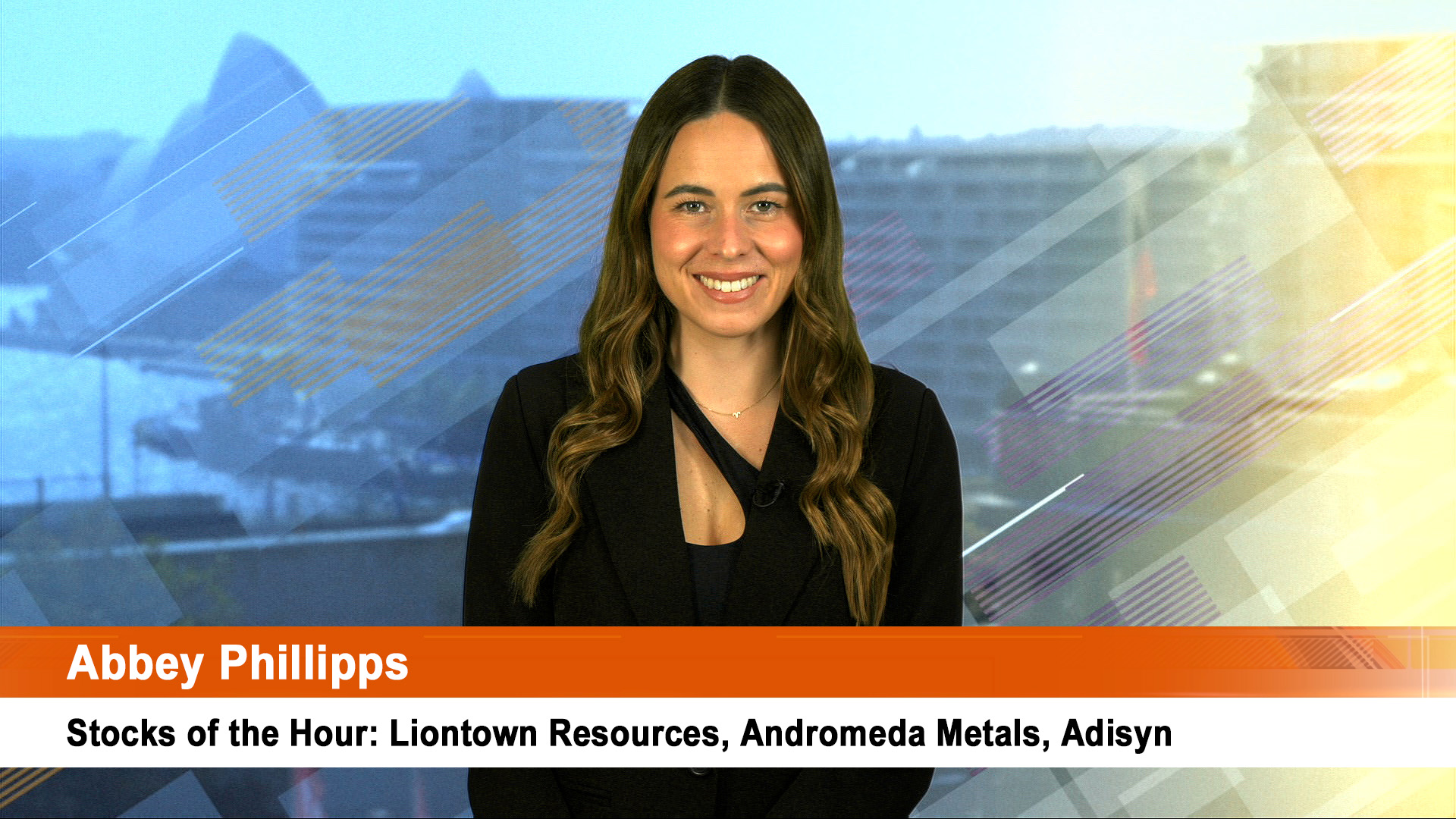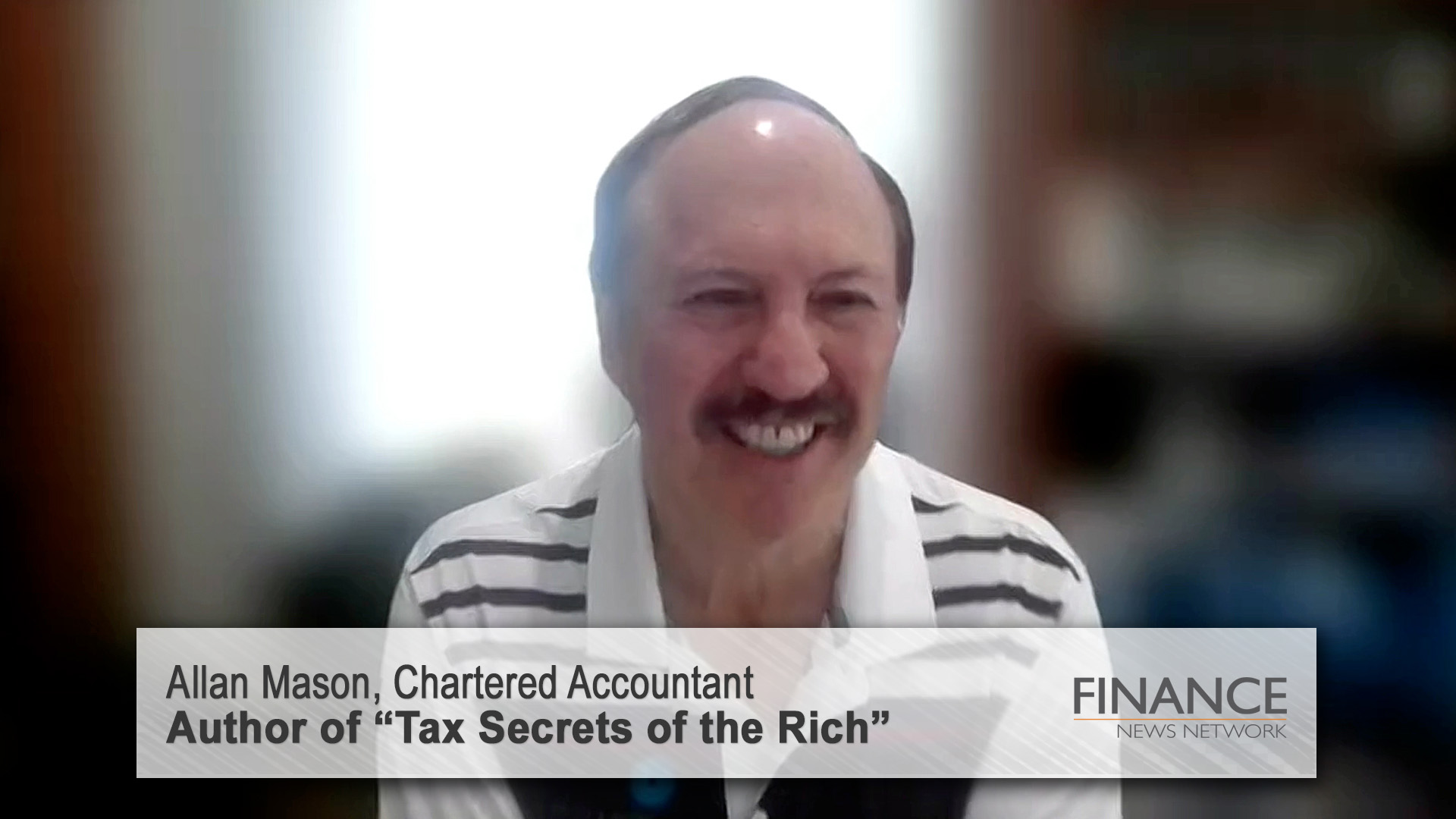Now this is a more significant outcome from the monthly ANZ jobs ads series.
Not only was there a 6.5% drop in newspaper and internet job ads last month, but it was a considerable acceleration from the small 0.4% dip in April.

But that fall for April was revised down from an initially reported 1% rise for the month.
That outcome completely missed the surprise 22,100 fall in jobs in April (off the back of more than 49,000 full time jobs lost).
But importantly, the fall came mostly as a result of a 6.6% slump in internet job ads in the month, against a smaller 2.7% fall in newspaper ads.
The net is by the far biggest area of job advertising, accounting for around 95% of all ads every month.
That’s why a sharp fall of the size we saw last month is much more important than another weak month for papers.
They have had a lot of weak months in the past five years as the net has become the preferred mode of advertising job vacancies.
The overall fall in May was the biggest in more than two years according to the latest job ads report from the ANZ Bank yesterday.
"The slowing in job advertisement growth in 2011 thus far has been broadly in line with slowing in employment growth," said ANZ chief economy Warren Hogan.
Mr Hogan said May’s dip in job advertising could also be overstated because of seasonal factors related to the drag on the market from the extended Anzac day and Easter holiday.
Internet job advertisements are now 9.1% higher than a year ago, newspaper ads are 5.3% down on a year ago.
Mr Hogan said the latest jobs ads figures come ahead of official unemployment data to be released Thursday, with the market expecting employers added a net 25,000 jobs in May, to keep the unemployment rate at 4.9%. It has been at or below 5% since December.
He says the ANZ is looking for an increase of 14,000 jobs in May which it expects will leave the unemployment rate at 4.9%.
Seeing the bank forecast a fall of 5,000 jobs in April, making it one of the few forecasters to get the trend right, it’s a big call from the bank after the noticeably weaker performance in May.
But there was an explanation: "Although the job market remains strong by official measures, the Australian economy has had to absorb the disruption caused by massive floods in Queensland, Victoria and elsewhere early this year.
"The high Australian dollar – reportedly marking 100 days above 100 US cents today – has also squeezed local businesses, such as tourism and manufacturing.
"Recent stronger investment spending data in Q1 combined with very robust investment intentions suggest to us that the labour market will strengthen later in the year as capital investment picks up.
"We expect the unemployment rate to gradually trend down over the year ahead. Newspaper job advertising has been soft across most of the states of Australia.
"NSW and the Northern Territory have the strongest newspaper job advertising markets in 2011.
"Looking forward, evidence of the multi-speed economy is likely to become more pronounced as the investment boom gets underway over the next two years. We would expect Western Australia, Queensland and New South Wales to experience the strongest labour markets.
"Recent stronger investment spending data in the first quarter combined with very robust investment intentions suggest to us that the labour market will strengthen later in the year as capital investment picks up.
"With the unemployment rate below 5 per cent and likely to remain that way or head lower over the next year, the Reserve Bank will maintain a strong tightening bias in its monetary policy.
"We expect a further 25 basis point increase in the RBA cash rate over the next three months in response to tightening labour market conditions and rising inflation pressures," said Mr Hogan.
And another bank-sponsored survey has produced a slowing in the inflation rate in May.
The TD Securities (owned by the giant Canadian bank, Toronto Dominion) – Melbourne Institute (an offshoot of Melbourne Uni) inflation gauge showed a slowing in the annual rate of inflation to 3.2% in May from 3.6% in April.
Month on month prices rose 0.2% from April when they were up 0.3%.
The slowing was put down to falls in the cost of holidays, travel, alcohol, tobacco and household appliances.
Prices for fruit and vegetables, and rents and books rose in the month.













